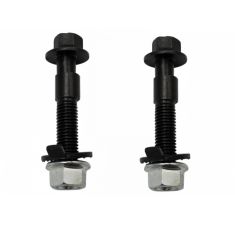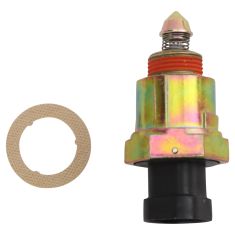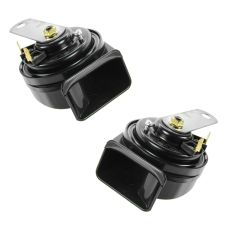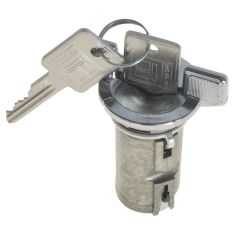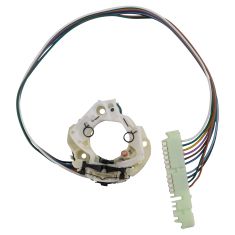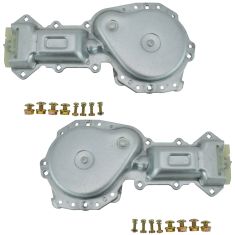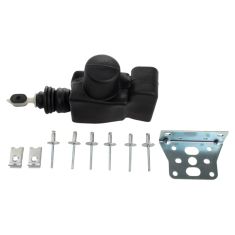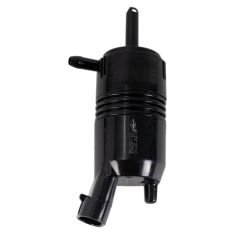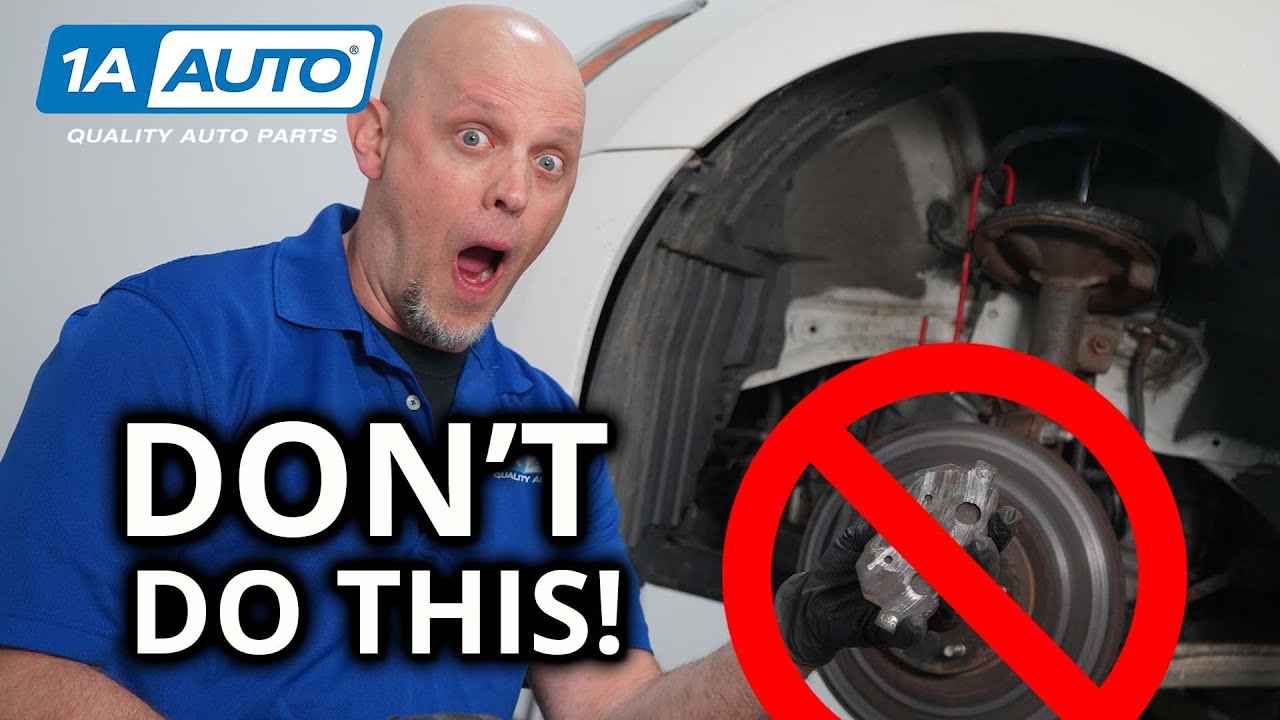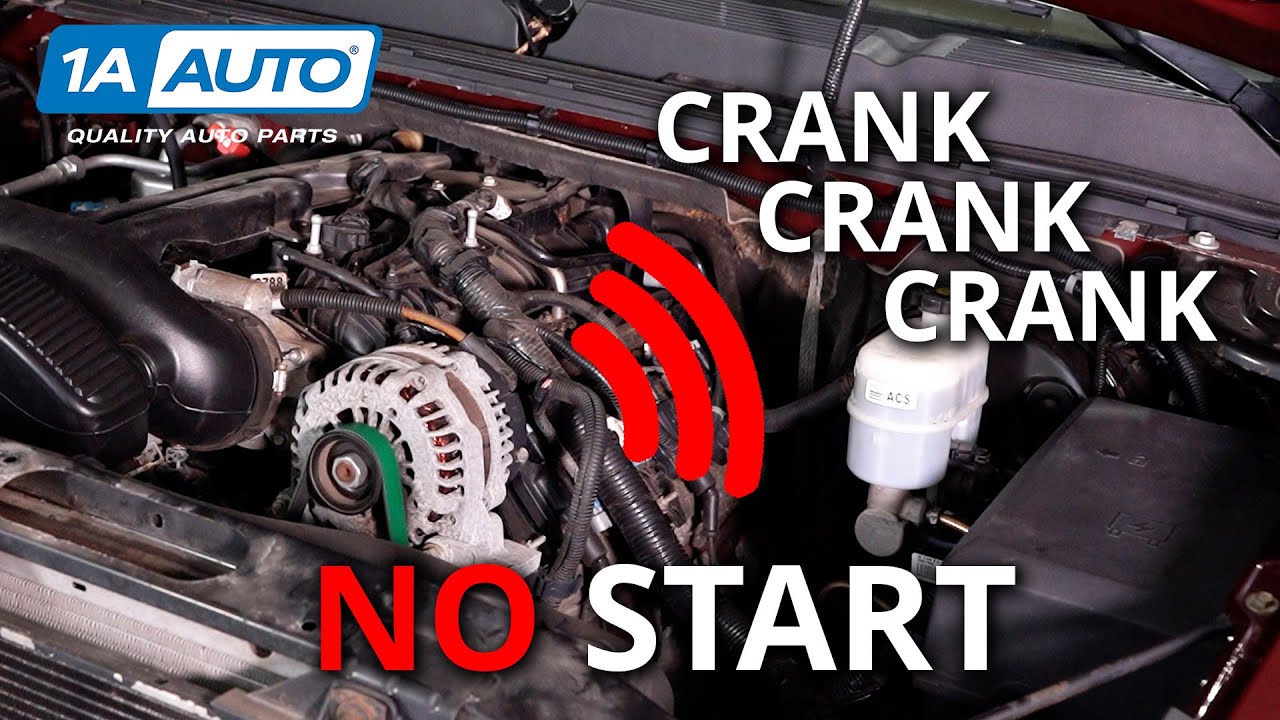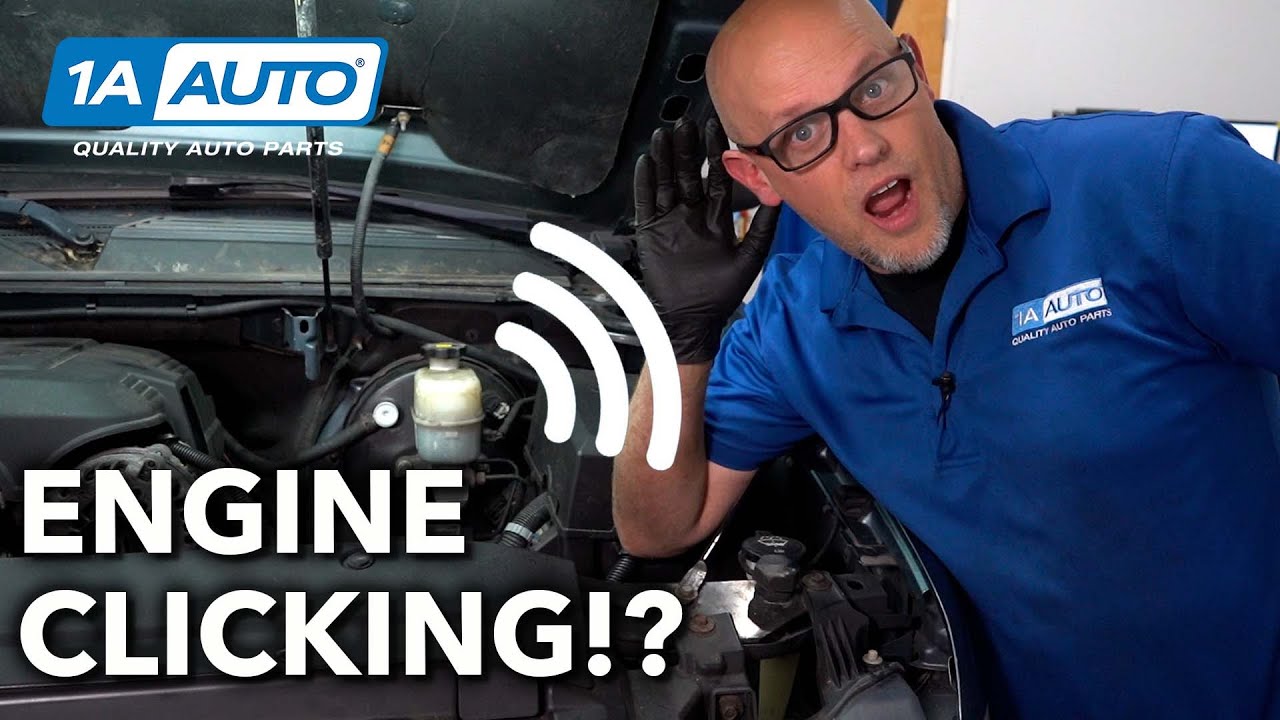Pontiac Trans Sport
-
Notify When Available$24.95Save 19%List $30.95 Save $6.00Brand: TRQ - PSA71581$24.95Save 19%List $30.95 Save $6.00
-
Notify When Available$28.95Save 17%List $34.95 Save $6.00
Replaces Idle Air Control Valve TRQ AIA93057
Brand: TRQ - AIA93057$28.95Save 17%List $34.95 Save $6.00 -
Notify When Available$64.95Save 18%List $78.95 Save $14.00Brand: TRQ - ELA17620$64.95Save 18%List $78.95 Save $14.00
-
Notify When Available$22.95Save 32%List $33.95 Save $11.00
Replaces Ignition Lock Cylinder TRQ ILA41511
Brand: TRQ - ILA41511$22.95Save 32%List $33.95 Save $11.00 -
Notify When Available
Replaces Driver & Passenger Side 2 Piece Wheel Bearing & Hub Assembly Set TRQ BHA50039
Brand: TRQ- BHA50039$129.95Save 13%List $149.95 Save $20.00Brand: TRQ - BHA50039$129.95Save 13%List $149.95 Save $20.00 -
Notify When Available$39.95Save 26%List $53.95 Save $14.00
Replaces Turn Signal Switch TRQ SWA41611
Brand: TRQ - SWA41611$39.95Save 26%List $53.95 Save $14.00 -
Notify When Available$29.95Save 17%List $35.95 Save $6.00Brand: TRQ - DHA49944$29.95Save 17%List $35.95 Save $6.00
-
Notify When Available$80.95Save 30%List $114.95 Save $34.00Brand: TRQ - WMA06891$80.95Save 30%List $114.95 Save $34.00
-
Notify When Available$31.95Save 35%List $48.95 Save $17.00
Replaces Door Lock Actuator TRQ BDA12281
Brand: TRQ - BDA12281$31.95Save 35%List $48.95 Save $17.00 -
Notify When Available$24.95Save 32%List $36.95 Save $12.00
Replaces Windshield Washer Pump TRQ WWA06633
Brand: TRQ - WWA06633$24.95Save 32%List $36.95 Save $12.00
The Futuristic Trans Sport and the Real Trans Sport
Minivans were on the rise in the late 1980s, eagerly waiting to replace the station wagon as the family-car-of-choice. Seeing that Chrysler, Toyota, and its own Chevy Astro were the forerunners of this great change, GM decided to grab a bigger piece of the pie by bringing more of its brands to the minivan. It revealed the style of these new vans in 1986, and it left the public in awe at the futuristic concept design and features: a glass panel roof, removable bucket seats, stereo speakers, gull-wing rear doors, and a Nintendo video game system. Some of these features would become standard on all types of vehicles, and others turned out to be mere wishful thinking.
The real Pontiac Trans Sport, along with its sisters—the Chevrolet Lumina APV and Oldsmobile Silhouette—tried to retain the shape of the 1986 prototype, but the production fascia appeared stilted in comparison. The public later dubbed these models "the dust busters" for their sloped front end, and they lasted for two generations (except for the Lumina, which was replaced by the Chevrolet Venture for the 1997 model year).
The First and Second Generation
Two trims were available on the Trans Sport, the base and SE, and a GT version was later added and dropped after a year. All models could seat up to seven, powered by a 3.1L V6 with an output of 120 horsepower. A 3.8L engine that could produce 170 horsepower was later added, which pushed them above the competition in terms of power. The Trans Sport was also the first minivan with a power-sliding door, and Pontiac added a manual sunroof in 1991, another distinguishing feature. GM also shortened the front end for a stronger mass appeal look.
The second generation, lasting for the 1997-1999 model years, brought a much more conventional, rounded and aerodynamic style. This model came with a 3.4L engine for all trims, and lasted for two model years, 1997 and 1998, before being replaced by the Pontiac Montana, an all-new van that also debuted at the same time.
Need Pontiac Trans Sport Parts
1A Auto Parts provides quick responses to all your Pontiac Trans Sport questions. Our customer service representatives provide the fastest service in the industry answering 99.9% of phone calls in less than a minute. With over 150 combined years automobile expertise, no one is more qualified to handle your Trans Sport inquiries. 1A Auto Parts is rated highest by consumers like you. We scored 95% for Pontiac Trans Sport parts in the BizRate customer survey; scoring 10% higher in Availability, On-time Delivery, Tracking, Product Quality & Customer Support, than our nearest competitor. Our durable Pontiac Trans Sport aftermarket parts last 2-3 times longer than used Pontiac OEM parts. Compare our new Trans Sport parts to OEM Pontiac parts and save 30-50% on average. We offer the only 'No Hassle' return policy in the industry for all in stock aftermarket Trans Sport parts. Buy your new Pontiac Trans Sport aftermarket parts from 1A Auto Parts today.
The Trans Sport is no longer in production and finding OEM Pontiac parts is a hassle. All of our new aftermarket Pontiac Trans Sport parts are available within 3 clicks on our website. We get your new Trans Sport parts to you fast. 98% of in stock parts are shipped within one business day. Shop confidently knowing 1A Auto Parts was the first of its competition to offer services online. No where else can you get the 1A Advantage. Don't settle for less; get the best new aftermarket Pontiac Trans Sport parts from 1A Auto Parts today.
